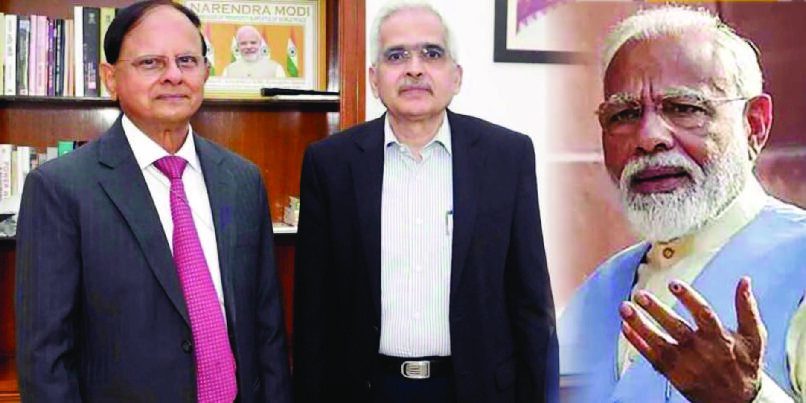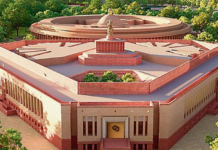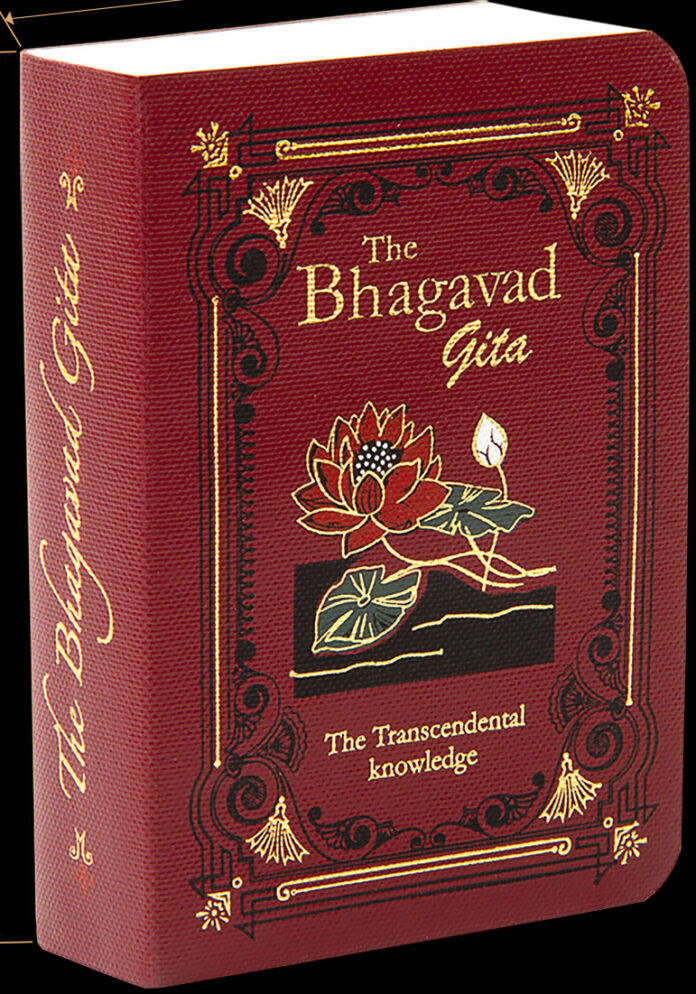The Bhagavad Gita, revered as the essence of all scriptures, carries the prefix Srimad, signifying its divine origin. It is believed to have been delivered by none other than the Supreme Soul, the God Father.
Traditionally considered a part of the epic Mahabharata, the Gita is attributed to Vyasa. The Mahabharata, composed between 400 BCE and 200 BCE, spans 18 volumes and is written in a complex narrative style, distinct from the 700 hymns of the Gita. Scholars, however, argue that multiple authors may have contributed to the Gita’s final form due to suspected interpolations. Some even suggest that its profound philosophical depth was inserted later by ardent devotees of Krishna.
Philosophical Treatise Amid War
Vyasa’s Mahabharata revolves around a conflict between cousins, the Kauravas and Pandavas, fueled by selfish interests and ego clashes. The Gita, embedded within this war saga, appears as a philosophical discourse—a deviation from the epic’s narrative style. Krishna, assuming the role of a charioteer, consoles a dejected Arjuna through divine counsel (Vishada Yoga), urging him to shed his doubts and fight.
This counseling episode, delivered amid the clamor of battle, raises questions. Krishna, revered as Yogeswar (Lord of Yoga) and a peace envoy, paradoxically persuades Arjuna to engage in war. This seems contradictory to devata dharma (divine nature), as instigating violence does not align with the principles of a deity.
Yet, beyond its battlefield context, the Bhagavad Gita has transformed millions of lives worldwide. But was this wisdom truly revealed by God, or was it the creation of human minds?
The Question of Authorship
The VanaParva of the Mahabharata describes Brahma (the Creator), Vishnu (the Sustainer), and Shiva (the Destroyer) as manifestations of the Supreme Brahman. Literary evidence does not confirm whether Brahman (Almighty God) takes physical incarnations. However, Vishnu, often associated with Krishna, is believed to have taken multiple avatars in history.
Research suggests that the Gita may have been appended later by devotees of Krishna. While the Mahabharata narrates the war between Kauravas and Pandavas, the Gita elevates Krishna to divine status, portraying him as the speaker of eternal truths. The recurring phrase “BhagavanUvacha” (God Speaks), appearing 59 times in Krishna-Arjuna dialogues, suggests that Krishna may have been merely a mouthpiece for the Supreme Soul rather than the originator of these teachings.
Philosophical Depth
The Bhagavad Gita is not just a war narrative; it is a philosophical poem exploring dharma (duty), fate, and human nature. Its profound wisdom suggests divine revelation, yet historical analysis indicates later additions. Originally part of the BhishmaParva (Book 6) of the Mahabharata, the Gita’s style and themes differ from the epic. Some argue that its philosophical sections, including Sankhya Yoga, Vedanta, and Bhakti, were later insertions by scholars to align it with evolving Hindu thought.
Notably, early Buddhist and Jain texts mention the Mahabharata, but rarely refere the Gita, raising doubts about its original inclusion. Furthermore, early manuscripts indicate variations in the Gita’s verse count—some references cite 745 verses, while the present text has 700, hinting at modifications over time.
Krishna: Exalted Human?
The Puranas describe Krishna’s birth to Devaki in Mathura and his adoption by Yashoda. His earthly activities—from childhood pranks to his eventual death by a hunter’s arrow—portray him as human, not necessarily divine. Yet, his followers glorified him, attributing godly status to his deeds. Even sage Vyasa has been referred to as Bhagavan, illustrating how revered figures were often deified.
The Bhagavad Gita describes God as Nirakar (formless), beyond material limitations, possessing infinite knowledge of past, present, and future. Chapters 12:1-7 and 7:24 emphasize that the ultimate reality is formless, contradicting Krishna’s physical identity. If God is truly Nirakar, can Krishna—a human figure—be equated with the Almighty?
Further, Krishna himself sought divine intervention during the war. He advised the Pandavas to seek blessings from Lord Shiva, even consecrating a Shiva idol in Gope. This act suggests that Krishna, despite his wisdom, recognized a higher divine authority.
A Divine Paradox?
The Gita’s teachings revolve around self-discipline, detachment, and renunciation—qualities of a true yogi. However, Krishna’s call for war contradicts the Supreme Soul’s universal love and non-violence. Chapter 16 outlines divine virtues such as purity, charity, self-control, non-violence, truthfulness, and compassion—all inconsistent with warfare. Would God simultaneously preach yoga and violence?
Moreover, the Gita presents a paradox: while emphasizing detachment from material desires, it instructs Arjuna to fight for dharma. Scholars interpret this differently:
- Some view the war metaphorically—symbolizing the inner battle against vices (lust, anger, greed, attachment, and ego).
- Others argue it legitimizes war as a Kshatriya’s duty.
- A modern interpretation suggests that Krishna’s message was aimed at controlling desires rather than indulging in worldly conflict.
The Supreme Soul, according to the Gita, loves all beings equally. Yet, Krishna’s persuasion of Arjuna to annihilate his enemies appears inconsistent with this universal love. If God is impartial, would He favor one side in a battle?
Gita’s Lasting Impact
Despite these debates, the Bhagavad Gita remains timeless. Over 5,000 years, its wisdom has guided seekers towards self-realization. It encourages a balanced life, teaching that one should perform duties without attachment to the outcome.
The Gita’s essence transcends history and interpolation—it serves as a spiritual guide, urging humanity to overcome material desires and connect with the Supreme Consciousness. Regardless of its origins, its message of self-discipline and inner peace continues to enlighten minds across generations.
Final Thoughts
While the Bhagavad Gita’s authorship and interpolations remain debated, its spiritual depth is undeniable. Whether Krishna was a divine voice or a messenger, the Gita’s teachings encourage mankind to transcend earthly illusions. Ultimately, it invites us to seek truth beyond the written word—in the depths of our own souls.












































